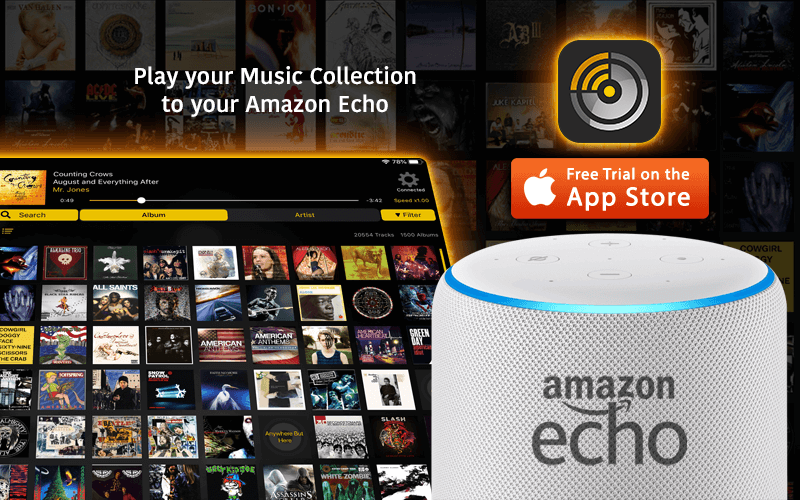In today’s competitive market, where consumers are inundated with choices, having a distinct brand personality can set your business apart. But what exactly is brand personality, and how can you cultivate one that resonates with your target audience? This comprehensive guide explores the definition of brand personality, offers examples from leading brands, and provides actionable steps to define and develop a compelling brand personality for your own business.
What is Brand Personality?
Brand personality refers to the human-like traits and characteristics that are attributed to a brand. Just as people have personalities that influence their behavior and interactions, brands can also have personalities that shape how they are perceived by consumers. These traits are not just about aesthetics or tone but encompass the values, voice, and overall identity of a brand.
Key Components of Brand Personality
- Traits: These are the specific characteristics that define your brand. They can be as varied as “fun,” “trustworthy,” “innovative,” or “luxurious.”
- Voice: This encompasses the language and tone your brand uses in its communications, including marketing materials, social media posts, and customer service interactions.
- Values: The core principles that drive your brand’s actions and decisions, such as sustainability, community involvement, or cutting-edge technology.
Why Brand Personality Matters
Having a well-defined brand personality offers several advantages:
- Differentiation: It helps your brand stand out in a crowded market by creating a unique identity that is memorable and relatable.
- Customer Connection: A strong brand personality fosters emotional connections with customers, leading to increased loyalty and advocacy.
- Consistency: It ensures that all aspects of your brand’s communication and behavior are aligned, creating a cohesive and trustworthy image.
Examples of Brand Personality
To better understand how brand personality manifests in the real world, let’s look at some notable examples from well-known brands:
Apple
Traits: Innovative, sleek, sophisticated
Voice: Minimalistic, direct, confident
Values: Innovation, design excellence, user experience
Apple’s brand personality is all about cutting-edge technology and elegant design. The company’s marketing materials and product packaging reflect a minimalist approach, emphasizing simplicity and sophistication. This personality appeals to consumers who value innovation and aesthetics.
Nike
Traits: Empowering, energetic, resilient
Voice: Motivational, bold, straightforward
Values: Athletic excellence, determination, self-improvement
Nike’s brand personality is centered around empowerment and athleticism. Its advertising campaigns often feature motivational messages and stories of perseverance, resonating with consumers who are passionate about sports and personal achievement.
Coca-Cola
Traits: Friendly, cheerful, classic
Voice: Warm, inclusive, conversational
Values: Happiness, togetherness, tradition
Coca-Cola’s brand personality is designed to evoke feelings of joy and nostalgia. The company’s use of friendly and inclusive language in its campaigns reinforces its image as a brand that brings people together and celebrates life’s moments.
How to Define Your Brand Personality
Creating a brand personality that aligns with your business goals and resonates with your target audience involves several steps:
Understand Your Audience
Before you can define your brand personality, you need to understand who your audience is and what they value. Conduct market research to gather insights into your target demographic’s preferences, behaviors, and pain points. This will help you create a personality that appeals to them.
Define Your Brand’s Core Values
Identify the core values that drive your business. These should reflect what you stand for and what you want to communicate to your audience. Your brand personality should be a natural extension of these values, guiding how you interact with customers and present your brand.
Determine Key Traits
Based on your understanding of your audience and your core values, outline the key traits that you want your brand to embody. Think about how these traits can be communicated through your brand’s voice, messaging, and visual identity.
Create a Brand Voice
Develop a brand voice that reflects your chosen traits. This includes the tone, style, and language used in all your communications. For example, if your brand is playful and fun, your voice might be casual and humorous.
Ensure Consistency
Consistency is crucial for a strong brand personality. Ensure that all touchpoints, from your website to social media profiles to customer service interactions, reflect your brand’s personality. This helps build a cohesive and recognizable brand image.
Test and Refine
Once you’ve established your brand personality, test it with your audience to see how it resonates. Gather feedback and be willing to make adjustments as needed. Brand personalities can evolve over time, so be open to refining yours based on new insights and changes in the market.
Implementing Your Brand Personality
With a clear understanding of your brand personality, it’s time to implement it across various channels. Here’s how:
Visual Identity
Your visual identity, including your logo, color palette, and design elements, should reflect your brand personality. For example, a playful brand might use bright colors and whimsical graphics, while a professional brand might opt for a sleek and minimalist design.
Marketing Materials
Ensure that all marketing materials, including advertisements, brochures, and social media content, align with your brand personality. The tone and style of your messaging should be consistent with the traits you’ve defined.
Customer Interactions
Your brand personality should be evident in every customer interaction, from email responses to social media engagement. Train your team to communicate in a way that reflects your brand’s traits and values.
Content Strategy
Develop a content strategy that aligns with your brand personality. This includes blog posts, videos, and other forms of content that convey your brand’s voice and values.
Final Thought
Defining and implementing a strong brand personality is essential for creating a memorable and relatable brand. By understanding your audience, defining your core values, and consistently applying your brand’s traits across all touchpoints, you can build a compelling brand personality that drives customer engagement and loyalty. Remember, a well-crafted brand personality not only sets you apart from the competition but also establishes a deeper connection with your audience, ultimately leading to greater success in the marketplace.
FAQs
1. What is brand personality?
Brand personality is the set of human-like traits and characteristics attributed to a brand, shaping how it is perceived by consumers.
2. Why is brand personality important?
It helps differentiate your brand, fosters emotional connections with customers, and ensures consistency in your brand’s image and communications.
3. How can I define my brand’s personality?
Understand your audience, define your core values, determine key traits, create a brand voice, ensure consistency, and test and refine as needed.
4. Can brand personality evolve over time?
Yes, brand personality can evolve based on changes in the market, audience preferences, and business goals.
5. How do I align my visual identity with my brand personality?
Choose design elements, colors, and logos that reflect the traits and values of your brand personality.
6. What role does tone of voice play in brand personality?
Tone of voice is crucial as it communicates your brand’s personality through language and style, affecting how your brand is perceived.
7. How can I ensure consistency in my brand personality?
Apply the same traits, tone, and style across all touchpoints, including marketing materials, social media, and customer interactions.
8. What are some examples of strong brand personalities?
Examples include Apple (innovative and sophisticated), Nike (empowering and energetic), and Coca-Cola (friendly and cheerful).
9. How do I test my brand personality with my audience?
Gather feedback through surveys, focus groups, or social media interactions to see how well your brand personality resonates with your audience.
10. Can small businesses benefit from defining a brand personality?
Absolutely. A well-defined brand personality helps small businesses stand out, connect with their target audience, and build a loyal customer base.
11. How often should I revisit my brand personality?
Regularly review your brand personality to ensure it remains relevant and aligned with your audience’s expectations and market trends.
12. What should I do if my brand personality isn’t resonating with my audience?
Gather feedback, analyze the gaps, and refine your brand personality based on the insights to better connect with your audience.
13. How can I integrate my brand personality into my content strategy?
Develop content that reflects your brand’s traits and voice, ensuring consistency in messaging and style across all platforms.
14. Is brand personality the same as brand identity?
No, brand personality refers specifically to the human-like traits of a brand, while brand identity encompasses the overall visual and verbal elements that represent the brand.
15. How can I train my team to communicate in line with my brand personality?
Provide guidelines and training on your brand’s voice, values, and traits to ensure all team members represent the brand consistently in their interactions.
Get in Touch























